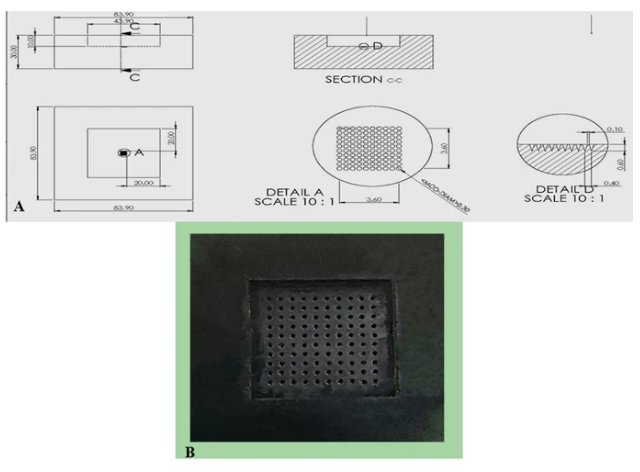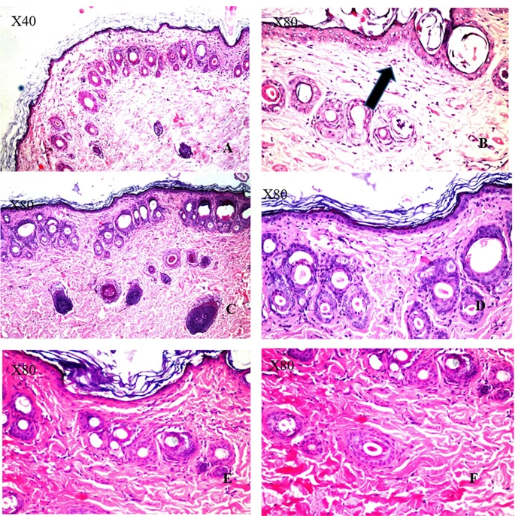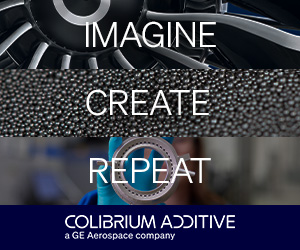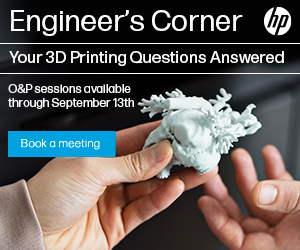Researchers from Egypt explore a unique area of medicine and 3D printing, releasing findings from their study in the recently published ‘Characterization and Pharmacological Evaluation of Anti-Cellulite Herbal Product(s) Encapsulated in 3D-Fabricated Polymeric Microneedles.’
While many studies have been produced regarding 3D printed medical devices, pills, and delivery systems, in this latest research the concern is centered on good skin health, and the elimination of cellulite—the scourge of many women, felt around the world. Investigating the use of microneedles, the researchers developed a new, painless alternative in the form of a micromold capable of delivering benefits from minerals, and phenolic and flavonoid contents.
While only a small percentage of men are affected by cellulite, 90 percent of women begin to see this skin condition after entering their 20s. Made up of fat, cellulite presents itself due to numerous conditions—from lack of circulation to inflammatory responses. Many creams and different products are markets; however, most treatments are ineffective unless they can actually penetrate the epidermis. The authors point out that microneedles are found to be effective, along with offering the benefits of both invasive and non-invasive routes—whether through injections or patches.
Micro-molding of MNs is one of the most popular techniques due to easy scalability and reproducibility. SLA 3D printing is often used for the fabrication of the master molds. For this study, the researchers tested extracts like V. agnus-castus and T. indica, evaluating cellulite management.

(A) Sketch diagram representing the geometrical shape and dimensions of the fabricated MNs mold, (B) Photograph of Stereolithographic fabricated MNs master mold.
“The microneedle delivery system represents a novel tool that is safe, efficient and self-administered, without the need for suctioning the excess fat using high-cost ultrasonic liposuction and decreasing the systemic side effects of oral slimming medications,” explained the researchers.

(A) Diagrammatic representation of different steps involved in polymeric MNs formulation50 (B) photograph of different 10 × 10 polymeric MN arrays.
MNs were tested for mechanical strength and then assessed regarding morphological characterization. Dried extracts were formulated and then mixed with water, yielding four different medicated varieties that were poured into the molds and then oven-dried for 24 hours. Ultimately, the arrays consisted of 100 needles.

Data are presented as (mean ± SD, n = 3). Statistical analysis was carried out by one-way analysis of variance (ANOVA) followed by Tukey’s Multiple Comparison post hoc test; P ≤ 0.05. As compared to (a) F1, (b) F2, (c) F3.
“When the MNs were inserted into the skin, the dissolvable polymeric MNs started to quickly and completely dissolve in the skin without the generation of sharp biohazardous waste. The rapid dissolution of the MNs was accompanied by a rapid release of the encapsulated drugs, consistent with previous reports, as the amount of the encapsulated extract in the prepared MNs increased, the amount of extract that permeated through the cellulose membrane increased,” said the researchers.

Histopathological structures of skin layers showing changes in the normal structures after intake of HFCS and MNs loaded with V.agnus-castus and T.indica (200 mg/kg). (A) A normal control group with no histopathological alteration and normal epidermis with stratified keratinized epithelium and the underlying areolar connective tissue dermis with hair follicles and glands and lastly the skeletal muscle layer. (B) HFCS group: Focal acanthosis was detected in the prickle cell layer of the epidermis (→). The underlying dermis showed edema, inflammatory cells infiltration, and fibroblastic cell proliferation, which were extended deep with appearance of eosinophils infiltration. Necrobiosis was detected in the epithelial cells of some hair follicles. (C,D) V. agnus-castus group: There were hyperkeratosis of the epidermal layer associated with focal hyalinosis in the areolar tissue of the dermis. (E,F) T. indica group: The epidermal and dermal layers were histological intact but there was necrobiosis in some individual hair follicles.
“MNs loaded with T. indica extract may help to ameliorate the skin appearance by reducing the inflammatory parameters and improving the antioxidant power. The transdermal delivery of anti-cellulite drugs can be ameliorated through large-scale experimental trials. Ultimately, the use of microneedles offers a simple and relatively cheap way for drug delivery, thus encouraging their wider use in biomedical applications.”
What do you think of this news? Let us know your thoughts! Join the discussion of this and other 3D printing topics at 3DPrintBoard.com.
[Source / Images: ‘Characterization and Pharmacological Evaluation of Anti-Cellulite Herbal Product(s) Encapsulated in 3D-Fabricated Polymeric Microneedles’]Subscribe to Our Email Newsletter
Stay up-to-date on all the latest news from the 3D printing industry and receive information and offers from third party vendors.
You May Also Like
3D Printing Targets Tooling at IMTS 2024
The Western hemisphere’s largest manufacturing trade show, the International Manufacturing Technology Show (IMTS), returned to Chicago for another year, graciously including a 3D printing section once again in its West...
3D Printing News Briefs, September 12, 2024: Scholarships, Pool Maintenance, Shoes, & More
In 3D Printing News Briefs today, four graduate students received $10,000 scholarships from ASTM International, and 3DPRINTUK announced the first commercial launch of the Stratasys SAF printer in the UK....
Xact Metal Adds PanOptimization Simulation to Low-cost Metal 3D Printing
PanOptimization and its product, PanX, is a potentially groundbreaking additive simulation tool that can quickly simulate large, complex files on regular PCs. Reportedly more accurate than other alternatives, it also...
Aibuild Adds Hybrid Manufacturing Capabilities to 3D Printing Software
Nikon-backed Aibuild is startup that develops software tool for driving 3D printers. If you need a robotic arm printer designed for metal directed energy deposition (DED) or polymer extrusion, for...



































